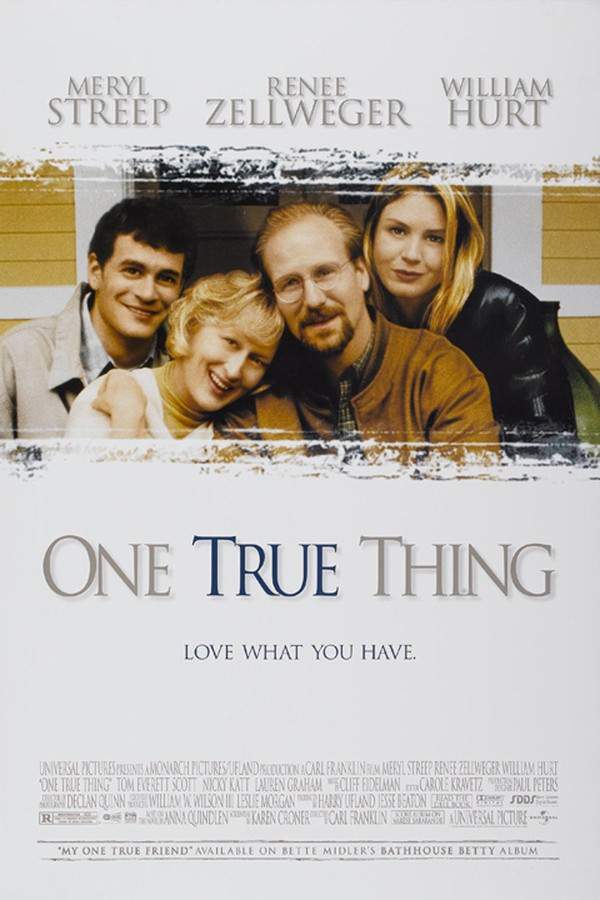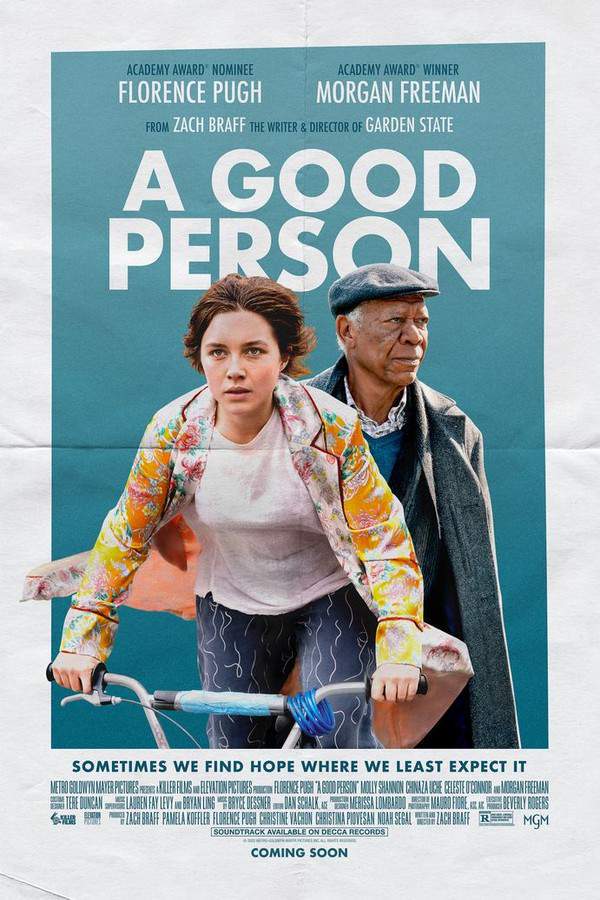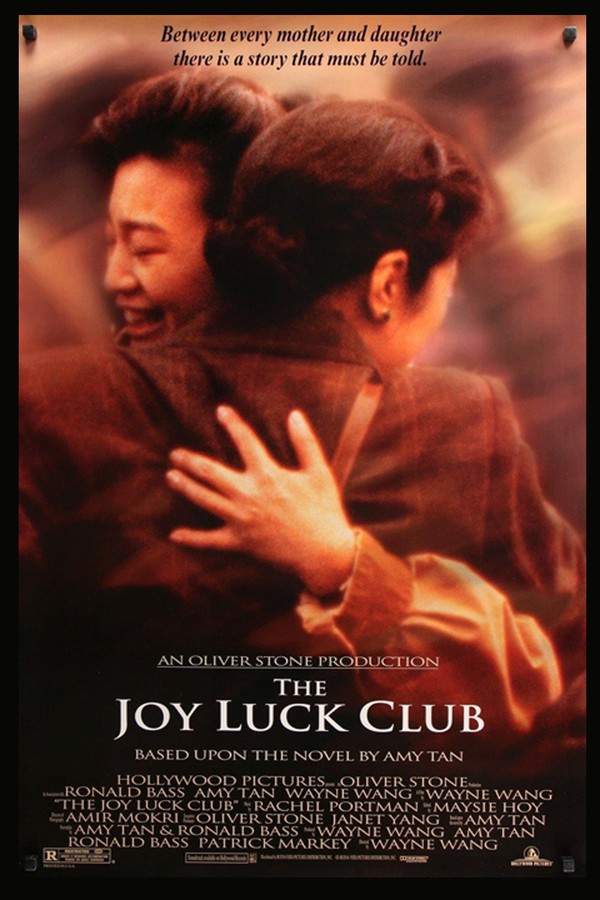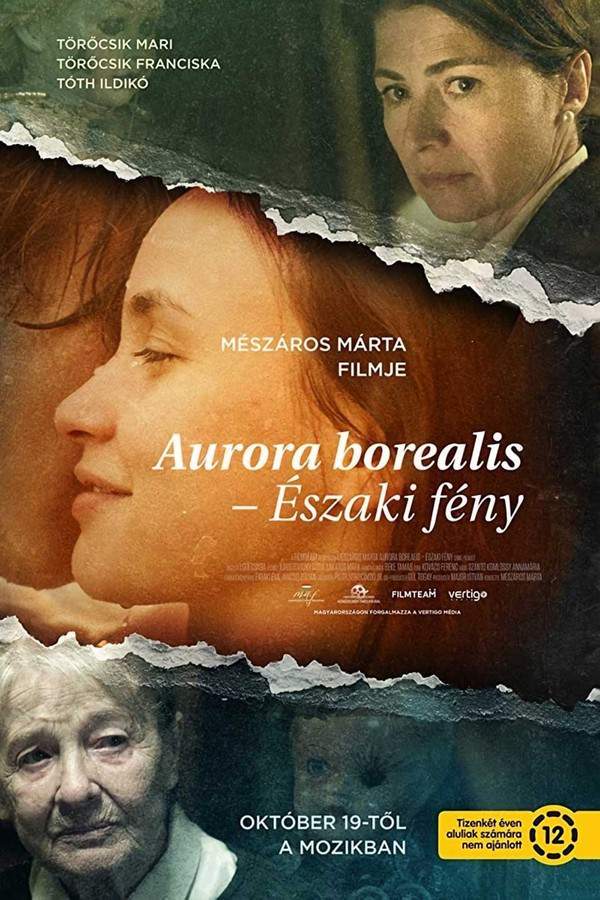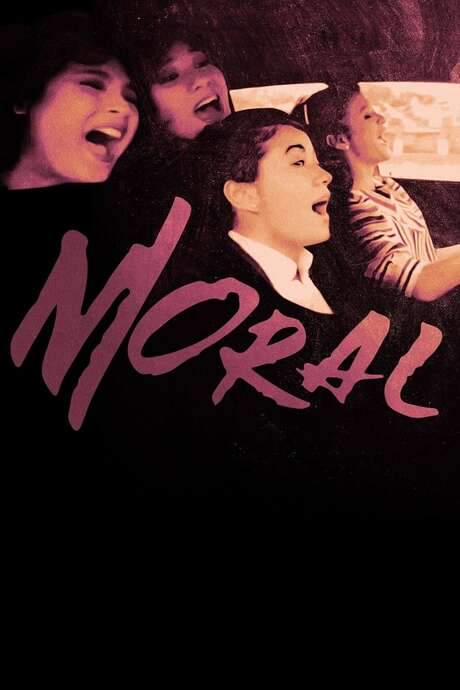
The Art of Negative Thinking
Year: 2006
Runtime: 93 mins
Language: Norwegian
Director: Bård Breien
The local disability support group visits an involuntary member, not realizing that it will bring them to a critical mass.
Warning: spoilers below!
Haven’t seen The Art of Negative Thinking yet? This summary contains major spoilers. Bookmark the page, watch the movie, and come back for the full breakdown. If you're ready, scroll on and relive the story!
The Art of Negative Thinking (2006) – Full Plot Summary & Ending Explained
Read the complete plot breakdown of The Art of Negative Thinking (2006), including all key story events, major twists, and the ending explained in detail. Discover what really happened—and what it all means.
A support group takes a van to visit Geirr, a 33-year-old man whose car accident left him paraplegic and impotent from the waist down, dependent on a wheelchair and a motorized aid to get around. He is buried in bitterness, spending his days drowning in booze, smoking marijuana, and watching Vietnam War films, while his devoted wife, Ingvild, does everything she can to hold their world together.
Ingvild hopes that a positivity group might redraw the map of their future, so she signs him up for sessions run by a vibrant, no-disability-quotient leader, Tori. The group gathers a range of lives altered by disability: Marta, a quadriplegic following a climbing accident; Gard, Marta’s self-absorbed boyfriend who carries his own guilt; Asbjørn, a stroke survivor wrestling with buried anger; and Lillemor, an older, divorced woman who voices frequent complaints. Together they confront the pressure of staying hopeful in a world that often feels unkind.
Tori, confident and warm, pushes the group toward a strict rule: no negative talk, no dwelling on despair, and a constant hunt for “solutions.” But [Geirr] sees through the glossy surface and resists this pressure, arguing that some struggles have no easy answers. He challenges the others to question the premise of relentless positivity, and in doing so, he quietly shifts the group’s dynamics. The once rigid structure begins to crack as he invites frank, even irreverent, conversations about pain and frustration.
Gradually, the group members find themselves drawn into honest exchanges that cut through polite euphemisms. They begin to acknowledge and even celebrate the very problems they had been trained to suppress. [Gard] starts to confront his own role in Marta’s accident, [Asbjørn] channels his suppressed anger into a more open dialogue, and [Lillemor] voices quieter, deeper fears she’d kept hidden. The sessions evolve from staged optimism to genuine connection, as each member discovers a sense of belonging they hadn’t anticipated.
By embracing their imperfections, the group members form a surprising bond. They learn to read one another’s struggles with a new kind of clarity, and they emerge with a shared sense of solidarity. The journey unfolds as they move from protective façades to vulnerable honesty, realizing that there is strength to be found in thinking negatively when it’s done with honesty and care. The experience reshapes how they see themselves and each other, turning fear and frustration into a collective courage to face life as it is, with all its limits and possibilities.
Last Updated: October 09, 2025 at 16:43
Explore Movie Threads
Discover curated groups of movies connected by mood, themes, and story style. Browse collections built around emotion, atmosphere, and narrative focus to easily find films that match what you feel like watching right now.
Movies about group therapy and authentic connection like The Art of Negative Thinking
Stories where a group of people find genuine support by facing hard truths together.If you liked the honest group dynamics in The Art of Negative Thinking, explore these movies about therapy sessions, support groups, and found families. These stories focus on character-driven drama where genuine connection is forged through shared struggles and defying simplistic solutions.
Narrative Summary
These narratives often center on a specific group—a therapy session, a rehab facility, a community class—where initially reluctant or mismatched individuals are brought together. Through conflict and the breakdown of facades, they gradually build a supportive network that offers a more authentic form of healing than any prescribed cure.
Why These Movies?
They are grouped by their focus on the emotional arc of a collective, moving from dysfunction and denial to solidarity and strength. The shared mood is a blend of raw frustration and cathartic relief, with a steady, dialogue-heavy pace that allows characters to fully develop.
Movies about defiant hope and rejecting toxic positivity like The Art of Negative Thinking
Stories where hope is earned by rejecting forced cheer and embracing difficult realities.Discover movies like The Art of Negative Thinking that explore themes of psychological recovery by subverting toxic positivity. These dramas feature characters who find authentic strength and a bittersweet sense of hope by first allowing themselves to be angry, sad, and defiant about their circumstances.
Narrative Summary
The narrative pattern involves a protagonist or group trapped by societal expectations of how they 'should' feel or heal. The central conflict is an internal and external rebellion against these simplistic narratives. The climax is not a sudden cure or happy ending, but a hard-won acceptance and a new, more authentic definition of strength and hope.
Why These Movies?
They share a specific emotional journey from bitterness and defiance to a profound, earned hopefulness. The tone is consistently bittersweet, balancing heavy emotional themes with moments of genuine connection and dark humor, creating a uniquely cathartic and thoughtful viewing experience.
Unlock the Full Story of The Art of Negative Thinking
Don't stop at just watching — explore The Art of Negative Thinking in full detail. From the complete plot summary and scene-by-scene timeline to character breakdowns, thematic analysis, and a deep dive into the ending — every page helps you truly understand what The Art of Negative Thinking is all about. Plus, discover what's next after the movie.
The Art of Negative Thinking Timeline
Track the full timeline of The Art of Negative Thinking with every major event arranged chronologically. Perfect for decoding non-linear storytelling, flashbacks, or parallel narratives with a clear scene-by-scene breakdown.

Characters, Settings & Themes in The Art of Negative Thinking
Discover the characters, locations, and core themes that shape The Art of Negative Thinking. Get insights into symbolic elements, setting significance, and deeper narrative meaning — ideal for thematic analysis and movie breakdowns.

The Art of Negative Thinking Spoiler-Free Summary
Get a quick, spoiler-free overview of The Art of Negative Thinking that covers the main plot points and key details without revealing any major twists or spoilers. Perfect for those who want to know what to expect before diving in.

More About The Art of Negative Thinking
Visit What's After the Movie to explore more about The Art of Negative Thinking: box office results, cast and crew info, production details, post-credit scenes, and external links — all in one place for movie fans and researchers.



